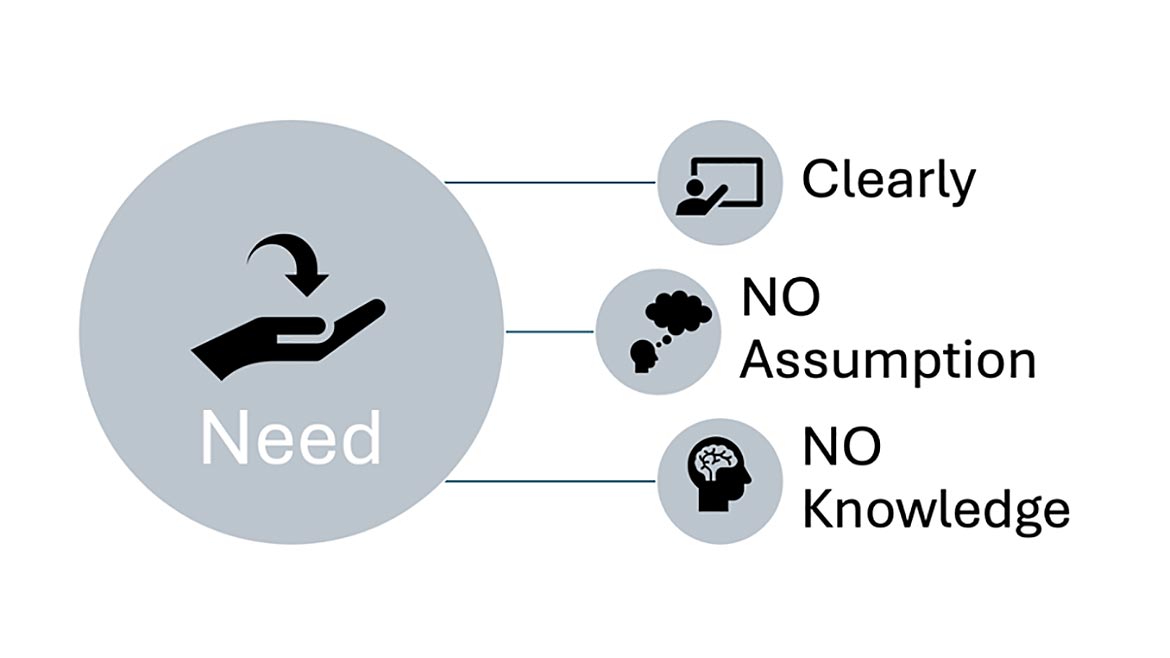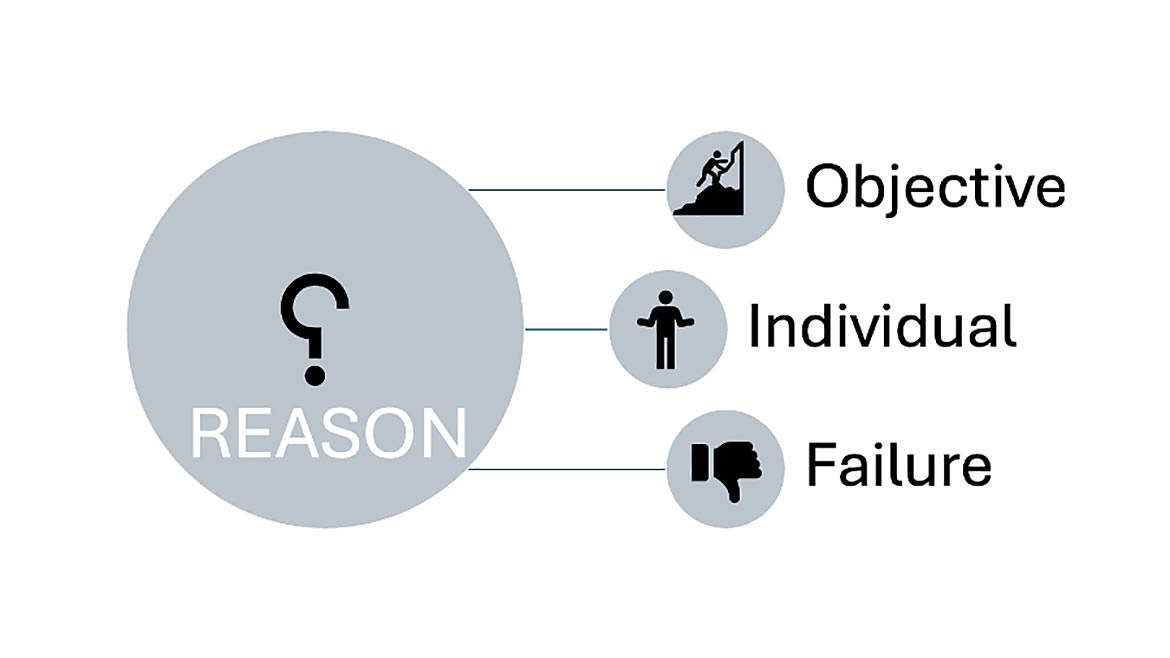Management
Quality of Communication Enhances Productivity and Supports Success
By ensuring clarity and understanding, quality communication enhances productivity and supports the successful completion of tasks

Image Source: FangXiaNuo / E+ / Getty Images Plus
Communication is the process of sending and receiving information. In the workplace various methods are used to communicate (one-on-one conversations, group discussions, emails, instant messages, and more). Having an effective communication strategy can reduce the need for follow-up emails or meetings enabling tasks to be completed quickly and efficiently. High-quality communication directly enhances performance by minimizing time wasted on clarifications or misunderstandings. The following outlines key components necessary to streamline communication across all formats (in-person, electronic, etc.).
Communicating the Need

Define the need clearly providing specific details to ensure there is a full understanding. It is essential to articulate the need in a way that eliminates any ambiguity allowing all stakeholders to grasp its importance and scope. By including relevant context, background information, and any constraints or limitations you can create a comprehensive picture of the situation. This will help ensure that everyone involved has a shared understanding of the need and its implications, which is critical for making informed decisions and taking effective action.
Clear communication requires eliminating any assumptions between the sender and the receiver. Each message should be straightforward and unambiguous, leaving no room for misinterpretation. By ensuring the information is direct, both parties can avoid confusion or misunderstanding. It is important to convey the intended meaning with precision and clarity.
Approach the communication as if the individual has no prior knowledge of the subject. The messenger should provide all necessary context and details to ensure clarity. It’s important to explain concepts as if introducing them for the first time. This ensures that the message is accessible and understandable, regardless of the recipient’s background.
Communicating the Reason

The communication must clearly convey how the need will help the sender achieve their objectives. By providing relevant information and guidance the sender ensures the receiver understands the purpose and the benefit of taking action. Alignment between the need and the goal increases the likelihood of a successful outcome
The message from the sender should also explain how fulfilling the need benefits the individual. This ensures the receiver understands that the request is not only important to the sender but also offers value or an advantage to them. Highlighting these mutual benefits strengthens the motivation to act on the request.
Communication should also highlight the potential consequences if the objective is not achieved emphasizing the impact on both parties (sender and receiver). This clarifies that the failure to meet the goal will adversely affect everyone involved. By addressing these mutual repercussions both parties are more likely to recognize the importance of the outcome.
Communicating the Strategy

To effectively achieve the desired outcome, the methodology should be clearly aligned with the identified need and the rationale behind the request. By outlining a strategic approach you can demonstrate how this method directly addresses the goals and challenges at hand in addition it also supports the reasoning for the request.
It's important to communicate how the proposed strategy will help meet the need by highlighting its strengths and potential benefits. Additionally, this approach allows for collaboration and constructive feedback. The recipient may have access to different or more current information that could improve the process or lead to a more efficient solution.
By acknowledging that the receiver may have unique insights or alternative methods, this opens the door for further refinement of the plan. This collaborative mindset fosters a more dynamic and adaptable strategy ensuring that the goal is achieved in the most effective and informed way possible.
Communication Blueprint

Start with a Clear Purpose: Begin your communication by clearly stating the purpose of your message. This helps the recipient understand the importance of the discussion from the outset. For email communication, be sure to include this in the subject line.
Example: Subject: Request for Customer Complaint Data (Jan 2022 – Jan 2024)
Provide Relevant Context: Include any background information that supports the request. Keep it concise and focused provide just enough context to help the recipient understand why you’re asking for the information.
Example: Our strategic goal is to reduce customer complaints by 20%.
Set a Reasonable Timeframe: Always specify a clear and reasonable deadline for the request. This helps the recipient plan their time and ensures they can deliver accurate information while demonstrating respect for their time.
Example: Could you please provide the data by Wednesday, Jan 22?
Maintain a Professional and Polite Tone: Remember, politeness fosters cooperation. A courteous tone helps build rapport, regardless of organizational hierarchy. A higher-level request doesn’t diminish the value of the recipient’s time.
Example: I would greatly appreciate your help with this and thank you in advance for your assistance.
Avoid Over-Explaining and Negative Language: Focus on your needs without going into excessive detail or background. Avoid including any negativity or complaints in the communication, as it can detract from the clarity of your request and the importance of the task at hand.
Effective Communication Framework
By adhering to the blueprint it ensures that your communication is clear, concise, and respectful, which enhances the likelihood of receiving a prompt and accurate response. Below is a sample email that incorporates the key elements of this communication approach.
Subject: Request for Customer Complaint Data (Jan 2022 – Jan 2024)
Dear Bob,
I’m requesting the customer complaint data from January 2022 to January 2024, specifically focusing on monthly and yearly rates. This data is critical to assess our department's potential contribution to the 20% strategic objective reduction.
Could you please provide this by Wednesday, January 22?
Thank you in advance for your assistance.
Best regards,
Joe
Conclusion
The communication methodology outlined above aims to foster clear and effective exchanges between the sender and receiver. Effective communication is essential in the workplace to achieve goals efficiently, reducing confusion and minimizing wasted time. By ensuring clarity and understanding, quality communication enhances productivity and supports the successful completion of tasks.
Looking for a reprint of this article?
From high-res PDFs to custom plaques, order your copy today!






